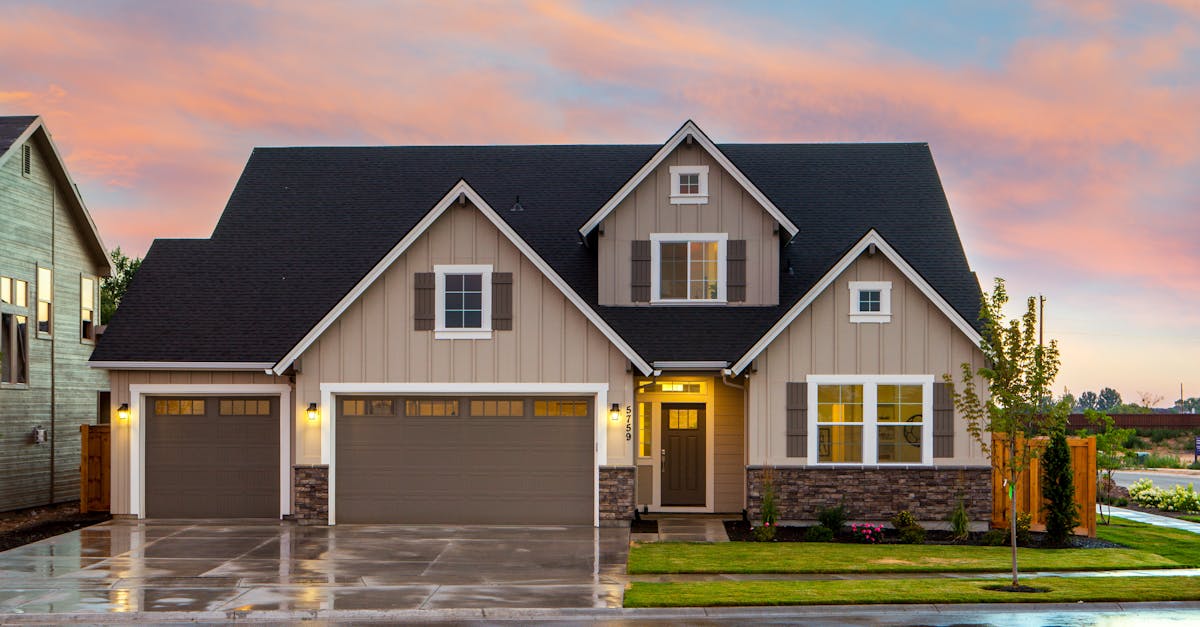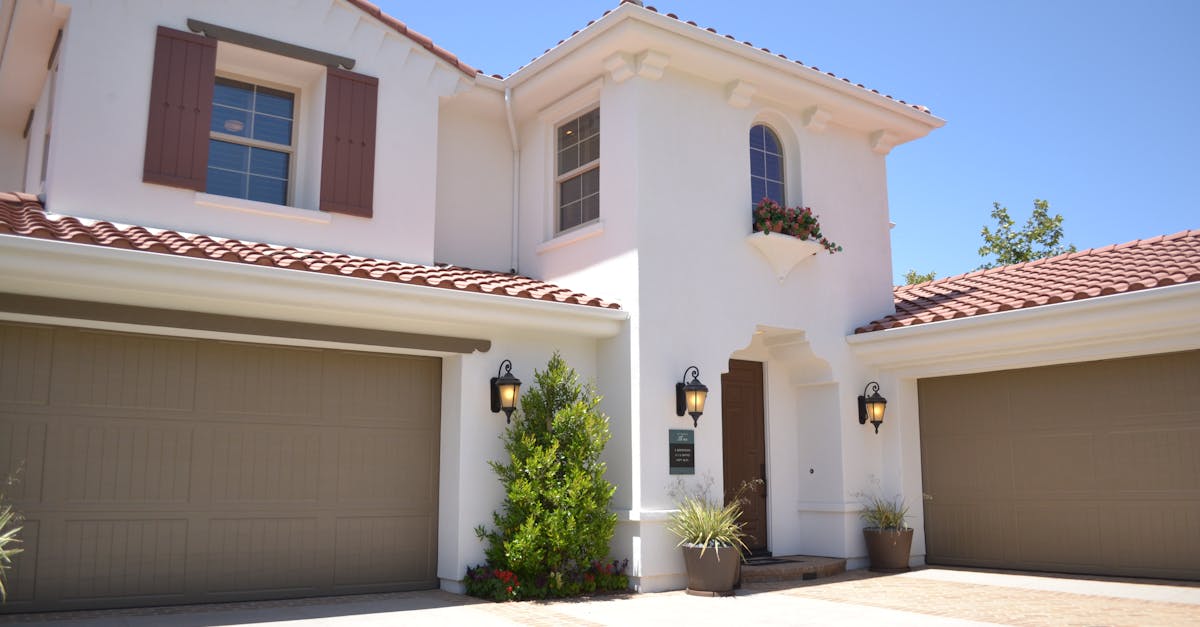
Testing the Safety Sensors
Testing the safety sensors of your garage door opener is essential to ensure proper functionality and safety. Begin by locating the sensors, usually positioned a few inches above the ground on either side of the garage door frame. Check for any visible obstructions or dirt that could block the sensors' path. If necessary, clean the lenses with a soft cloth to remove any dust and debris. With the door closed, press the remote or wall button to open the garage door. Observe if the door reverses or stops as it encounters an obstruction, confirming the sensors are working correctly.
In the event that the sensors are misaligned, the garage door opener may not function as intended. Ensure both sensors are facing each other directly. You can make slight adjustments to realign them, and then test the operation again. If realignment does not resolve the issue, the sensors might need replacement or further inspection. Keeping the safety sensors in good condition is a critical aspect of any garage door opener repair, promoting both convenience and safety for users.
Ensuring Proper Alignment and Function
Proper alignment of the garage door opener is essential for its functionality and safety. Inspect the sensors located near the bottom of the door tracks. Check for any obstructions blocking their path. If the sensors are misaligned, the opener may fail to operate correctly. Loosen the bolts holding the sensors in place and adjust them until the indicator lights are lit solidly, indicating proper alignment.
It is also important to ensure that the garage door itself is operating smoothly. Check the rollers and tracks for any debris or damage. Clean the tracks with a damp cloth to remove any dirt buildup. If the rollers are worn out, consider replacing them. Regular garage door opener repair helps maintain optimal performance and extends the life of the opener.
Replacing the Garage Door Opener Battery
When your garage door opener fails to respond, it might be time to check and replace the battery. Most units use a standard battery, often housed within the remote or the wall-mounted unit. Before purchasing a new battery, consult your owner's manual to confirm the specifications. Make sure to have a replacement battery on hand to streamline the process.
Performing a battery replacement is generally straightforward. Start by disassembling the remote or removing the cover from the wall-mounted opener. Carefully take out the old battery, ensuring you note its orientation. Insert the new battery in the same position. After everything is sealed back together, test the garage door opener to ensure proper functionality. If issues persist, you might need to consider further garage door opener repair options.
Steps to Change the Battery Safely
To change the battery of your garage door opener safely, start by unplugging the unit from the power source. This will prevent any unintended operation while you are working on it. Next, locate the battery compartment, usually found at the back or bottom of the opener. Carefully open the compartment and remove the old battery, noting its orientation to ensure the new one is installed correctly.
When inserting the new battery, follow the same orientation as the old one. This step is crucial for proper operation. After securing the battery in place, close the compartment carefully. Finally, plug the garage door opener back into the power outlet and test it to ensure it functions correctly. Regular maintenance and timely garage door opener repair can extend the lifespan of your opener and keep your garage secure.
Resetting the Garage Door Opener
Resetting a garage door opener can often resolve issues related to malfunctioning or erratic behavior. First, locate the reset button, which is typically found on the motor unit of the opener. Press and hold this button until the lights on the unit flash, indicating the reset process has begun. This action will clear any previous settings, allowing you to start fresh and reprogram your remote controls and keypads.
Following a reset, it's crucial to reconfigure your remote controls and any other connected devices. Use the instructions provided in your owner's manual to program them correctly. If problems persist after resetting, it may be helpful to consult a professional for Garage Door Opener Repair, as certain issues could indicate deeper mechanical failures or electrical problems that require specialized attention.
How to Perform a Factory Reset
To perform a factory reset on your garage door opener, first locate the reset button, which is often found on the back or side of the unit. Press and hold this button for approximately 10 seconds until the light indicator blinks or turns off. This process will erase all programmed remote controls and any personalized settings previously saved on the opener. Make sure to refer to the specific user manual for your model, as procedures can vary.
After completing the reset, you will need to reprogram your remotes and set up any desired features, such as safety sensors or keypads. This step ensures that the garage door opener functions correctly after the reset. If you're unsure about any part of the process, consulting a professional for garage door opener repair is advisable. They can also provide insights on maintaining the system to avoid future issues.
FAQS
What should I do if my garage door opener isn't responding?
First, check the power source to ensure the opener is plugged in and functioning. Then, test the remote and wall switch to see if they are working. If those are fine, inspect the safety sensors for alignment and obstructions.
How can I tell if my garage door opener's battery needs replacing?
If your remote control has a weak signal or if the opener doesn't respond to the remote, it may indicate a low battery. Additionally, if the opener only works when you are very close to it, it might be time to replace the battery.
What are the signs that the safety sensors are misaligned?
If the garage door won't close completely or reverses back up when you try to close it, it could be due to misaligned safety sensors. Look for blinking lights on the sensors, which typically indicate a problem.
Is it safe to reset my garage door opener?
Yes, performing a factory reset is generally safe. Just follow the manufacturer's instructions carefully to ensure you don't accidentally erase important settings. It's a good solution if you're experiencing persistent issues.
Can I fix my garage door opener myself or should I call a professional?
Many minor issues, like replacing batteries or adjusting safety sensors, can be fixed by yourself. However, if you're uncomfortable with DIY repairs or the problem persists, it's best to call a professional for assistance.
